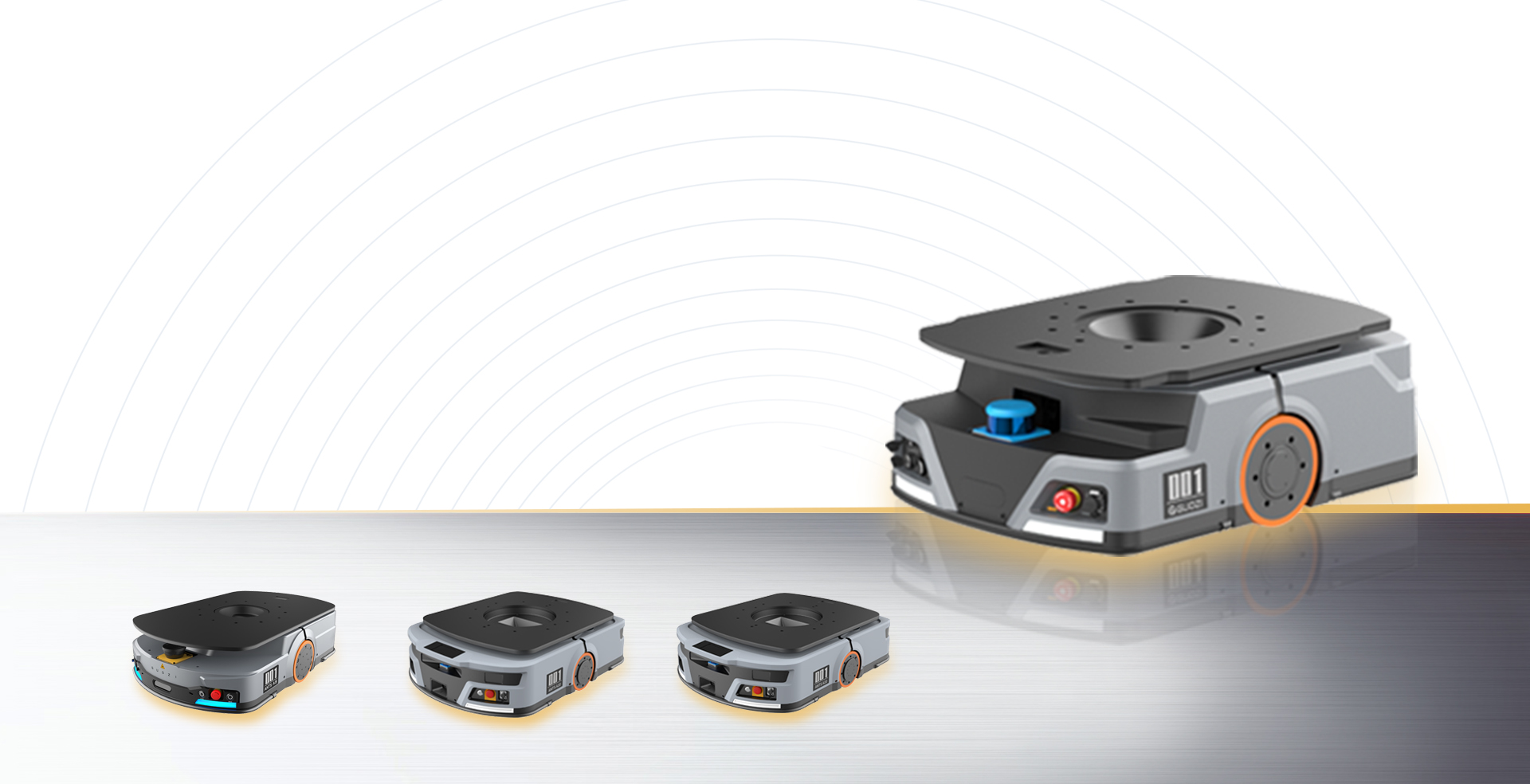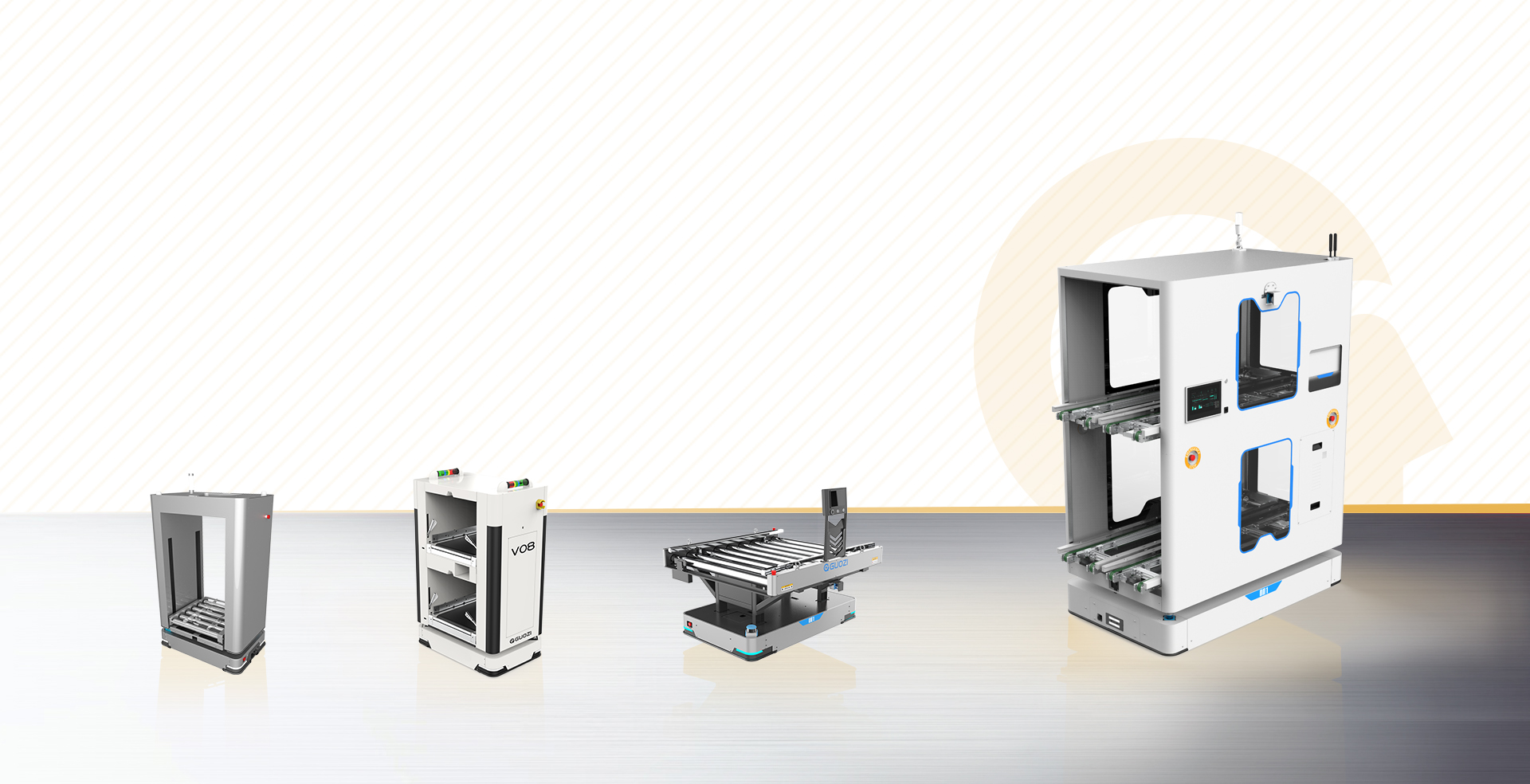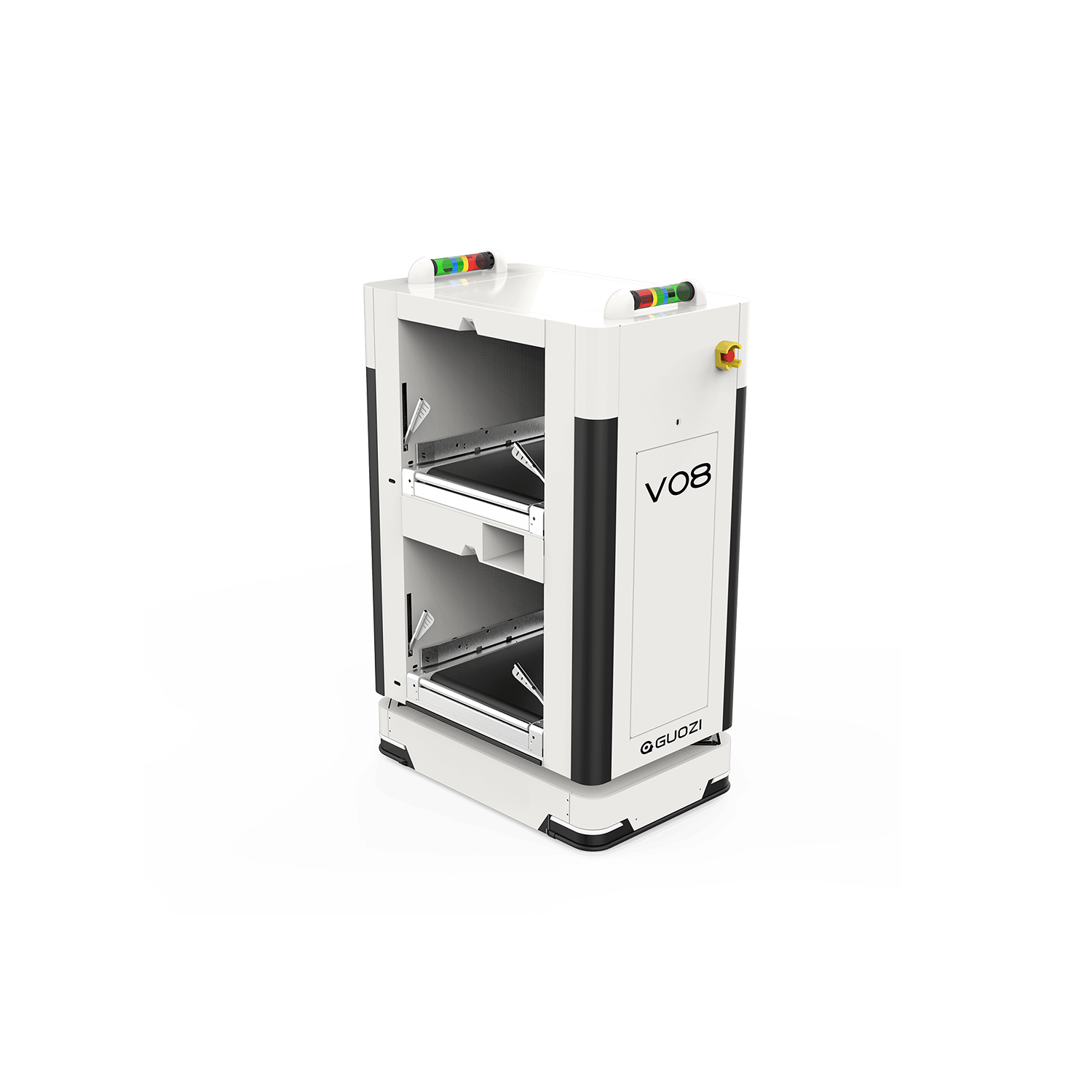With the continuous advancement of technology, the robotics industry is witnessing unprecedented development opportunities. As one of the core components of robots, storage technology is becoming increasingly important. High-density storage technology, with its large capacity, high performance, low power consumption and other characteristics, provides a strong impetus for the development of the robotics industry. In this paper, we will discuss the development status of high-density storage technology in the robotics industry and its application prospects.
Current status of the development of high-density storage technology
1. Technological advances drive storage density Improvement
In recent years, storage technology has made significant progress, especially the maturity of NAND Flash, 3D NAND and other technologies, which has led to the continuous improvement of storage density and provided more storage options for the robotics industry.
2. Continuous improvement of storage performance
Along with the improvement of storage density, storage performance has also been continuously improved. the emergence of new types of storage interfaces and products, such as NVMe Over Fabric, NVMe SSDs, etc., has dramatically increased the speed of data reading and writing, and met the demand of robots for high-performance storage. the robot's need for high-performance storage.
3. The cost of storage is gradually decreasing
With the expansion of the production scale and the maturity of the technology, the cost of high-density storage products is gradually decreasing, which makes high-performance storage solutions affordable for more robotics enterprises.
Applications of high-density storage technology in the robotics industry
1. Intelligent robots
Intelligent robots need to deal with a large amount of data and complex algorithms, and high-density storage technology provides them with fast and efficient data storage and reading capability, which enhances the intelligence of the robot.
2. Automated production lines
In automated production lines, high-density storage technology is used to store production data, process parameters, and so on, which ensures the stability and reliability of the production process.
3. Driverless Vehicles
Driverless vehicles need to process a large amount of sensor data in real time, and high-density storage technology can meet their high requirements for storage capacity and speed.
4. Robotics Education
In the field of educational robotics, high-density storage technology is used to store teaching resources and student data, which improves teaching interactivity and personalized learning experience.
Prospects for the application of high-density storage technology in the robotics industry
1. Cloud Robotics
With the development of cloud computing technology, cloud robotics will become a future trend. High-density storage technology will serve as the cornerstone of cloud robotics data centers to support the huge data processing needs.
2. Edge computing
In edge computing scenarios, high-density storage technology will help robots to achieve faster data processing, reduce dependence on central servers, and improve real-time performance.
3. Robot Autonomous Learning
With the advancement of machine learning technology, the robot's autonomous learning ability will continue to improve. High-density storage technology will provide enough storage space for robots to accumulate learning data and models.
4. Data Security and Privacy Protection
With the continuous improvement of data security regulations, high-density storage technology will be combined with encryption, de-duplication, and other technologies to provide the robotics industry with more secure and reliable storage solutions.
High-density storage technology is an important driving force for the development of the robotics industry. With the continuous progress of technology, high-density storage technology will play a more important role in the robot industry, providing solid support for the robot's intelligence, efficiency and safety. China should seize this development opportunity, increase R&D investment, promote independent innovation in storage technology, and help the robotics industry move to a higher level.








